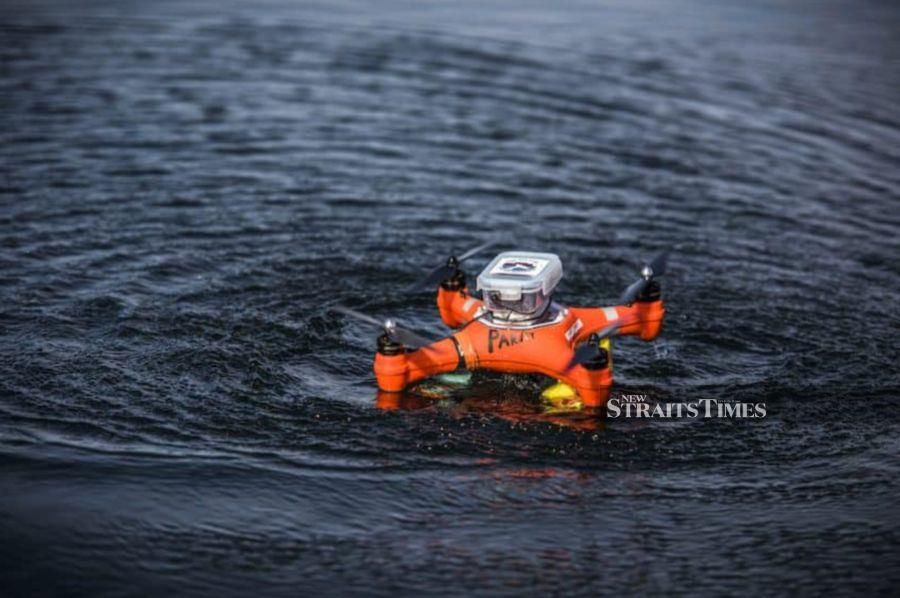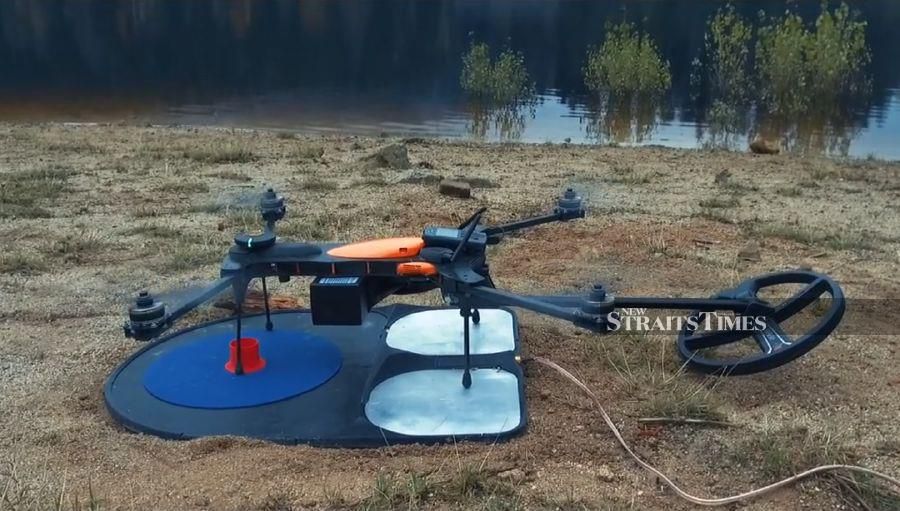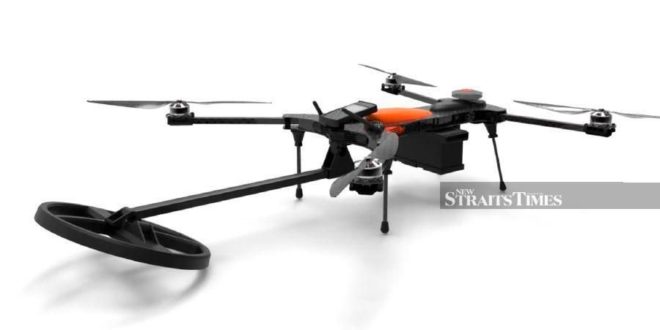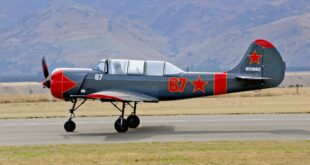WHEN we think of drones, we think of those unmanned aerial vehicles used by the military for spying and delivering bombs. There are also drones being used for agriculture (spraying crops) and delivery (Amazon is famously working on using drones to deliver packages). The movie and television industries also use drones to take stunning aerial videography.
As drones become more common place, people and organisations are discovering even more innovative uses of drones. Some of these are rather unusual but it just goes to show how pervasive drone technology is going to be moving forward. It will eventually pervade all aspects of our lives.
Here are some very novel uses of drones:
FIGHTING COVID-19 VIRUS
According to Bloomberg, the Chinese government is using drones equipped with loudspeakers to admonish members of the public who do not wear masks.
Zhejiang News, a broadcasting channel, published a video of a drone taking off and scanning the ground below for violators. In one scene, it spots an elderly woman who isn’t wearing a face mask. “Can’t you see? I’m talking about you. Put your face mask on and go home right away,” a voice from the drone says. She quickly puts on a mask and scurries home.
Meanwhile, Global Times posted clips of rural folks publicly shamed by a drone for not wearing face masks or for venturing outside unnecessarily. “Isn’t it comfortable to stay at home with food and drinks?” berates the drone to a farmer out in the fields in Inner Mongolia, adding: “You didn’t even wear a mask.” The farmer smiles, to which the drone responds that it’s not funny, before warning: “Don’t come outside if not necessary.”
Now, this is the kind of thing that most of us would not like to see happening in our society. It seems ways too Big Brother-ish for comfort. But in China, they are pulling all stops to try to contain this virus. Furthermore, it’s a country where the government can get away with these types of things. It’s unlikely to happen in most other places.
STUDYING WILDLIFE

Drones are ideal for studying wildlife in their natural habitat because they can be non-intrusive as compared to a human photographer or videographer. It can also help with research in ways that would be much harder to do otherwise. For example, the team at Ocean Alliance is using drones to capture biological samples from whales.
The aptly named SnotBot drone is a modified consumer drone which flies through the blowhole of a whale and collects exhaled “snot” on petri dishes. The whale’s blowhole contains a treasure trove of valuable biological information for researchers: DNA, stress and pregnancy hormones, microbiomes and many other biological indicators of the animal’s health and ecology can be obtained.
Ocean Alliance also has a waterproof EarBot drone that’s used to collect bio-acoustics data on whales.
“Best of all, the whale doesn’t even know we are there: This is a non-invasive tool that’s safer for the animals, is cheaper and more effective for the user,” says Ocean Alliance. It adds that a researcher using a US$1,000 drone can collect data that would have cost US$20,000 or more, just a decade ago.
SKYDIVING
Several companies (including a Malaysian one) are working on developing drones as a form of personal transport or flying taxis. The concept is sound. There’s no reason why a drone that’s powerful enough cannot carry people. The main challenge with this concept is the lack of systems and regulations. For example, there isn’t any air traffic control system for flying taxis. So it’s going to take some time before this can happen.
But if a drone is able to carry people into the air, then it could also be used for skydiving. Instead of having to get on a plane, why not have a drone lift you up and drop you?
The folks at Aerones, a company that specialises in using drones for wind turbine maintenance, building cleaning and firefighting, used a drone with 28 propellers to carry a man 300 metres into the air for a skydive. This was a test programme but one could easily see this being deployed commercially for thrill-seekers who wish to skydive using a drone.
METAL DETECTING

Imagine a drone being equipped with a metal detector. That’s what a company called RadioPlane wanted to do. It launched a Kickstarter campaign to fund its idea to make a drone that can be used for helping to clear landmines, prospect for gold and assist in archaeology.
The company had big dreams for their Seeker drone. It was to be equipped with a metal detector, a camera, lights and thermal vision — all of which would be able to work simultaneously.
“The Seeker drone is a highly precise flying device that can be programmed to take off, travel a predetermined flight path over an area while avoiding obstacles and fly as low as mere centimetres above the ground,” the company said. “When it runs low on power, it finds its way back to a special RadioPlane Charging Pad where it automatically recharges itself and resumes its mission until completed.”
Unfortunately, the Kickstarter campaign failed to raise enough funding to get the project off the ground. Still, it’s an intriguing idea — one that could save lives as well as potentially make a fortune for prospectors. It’s an idea that’s bound to be taken up by some other company in the future.
Oon Yeoh is a consultant with experiences in print, online and mobile media. Reach him at [email protected].
 Unmanned Aerial Vehicle The latest drone news
Unmanned Aerial Vehicle The latest drone news


